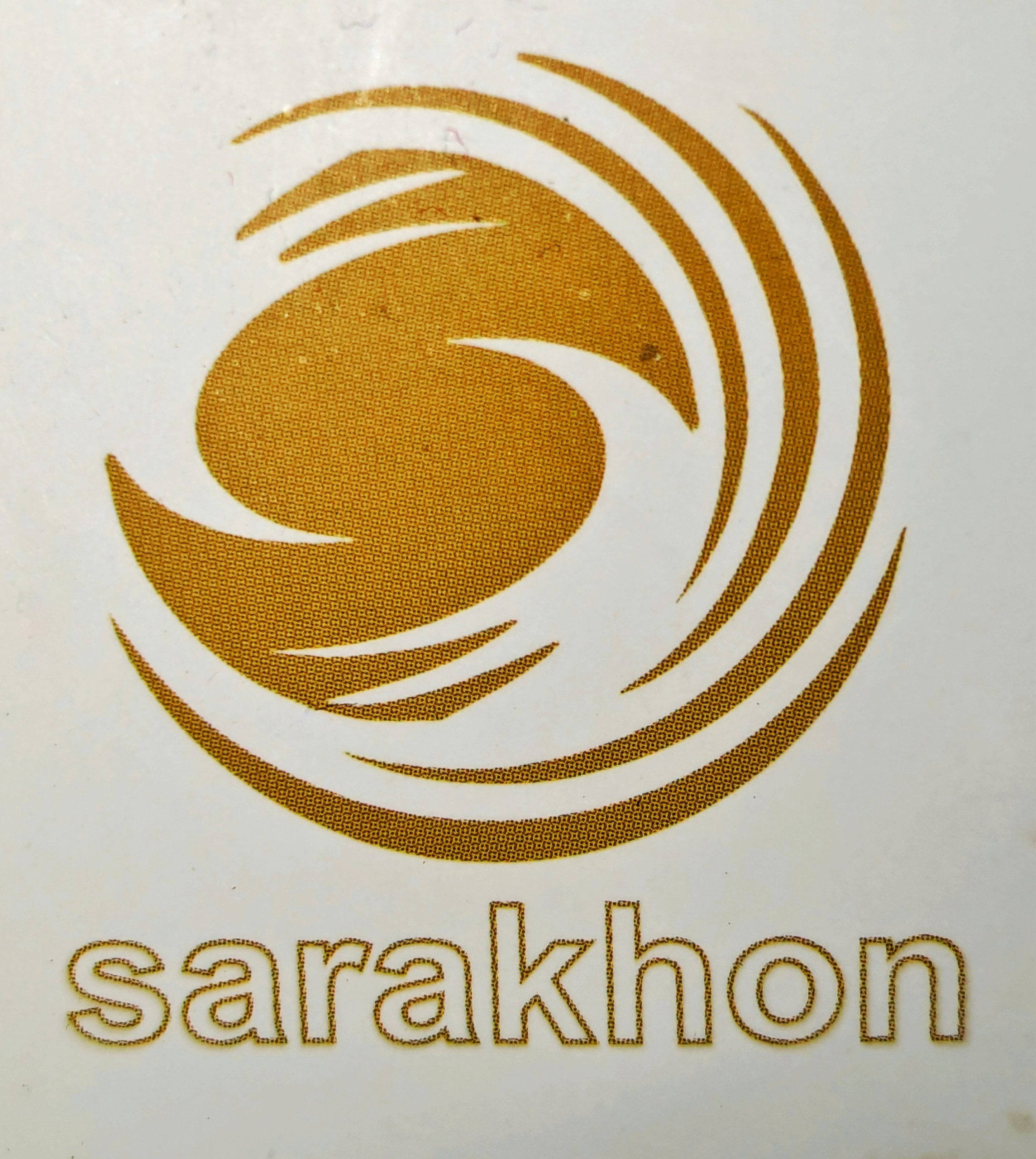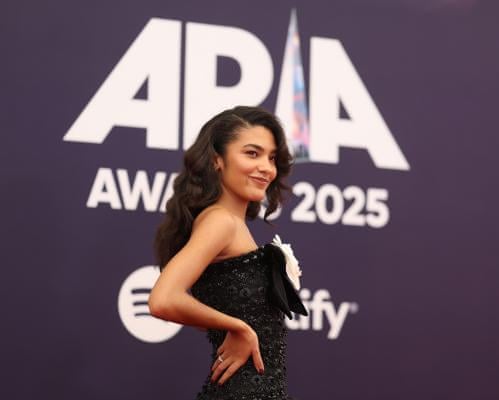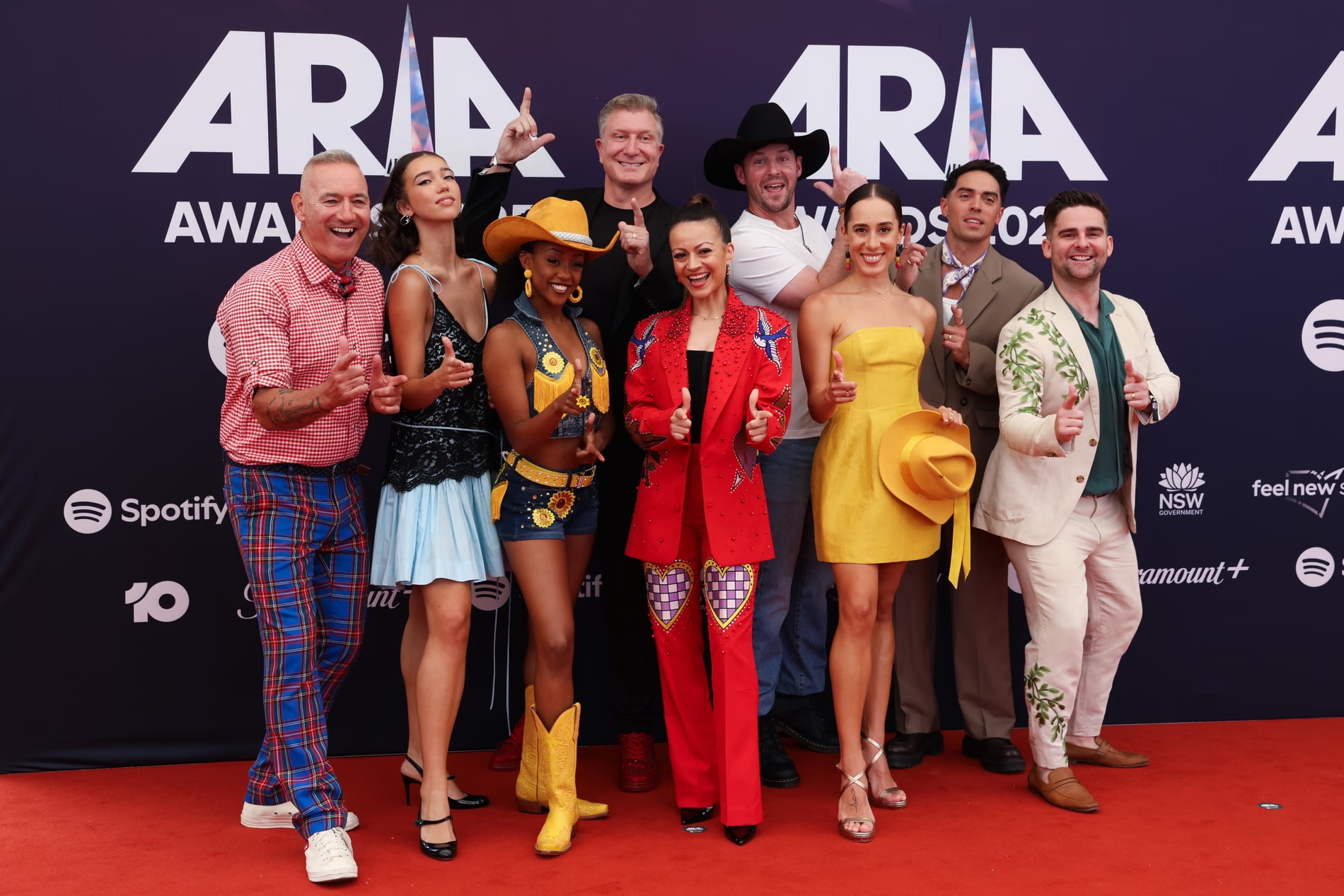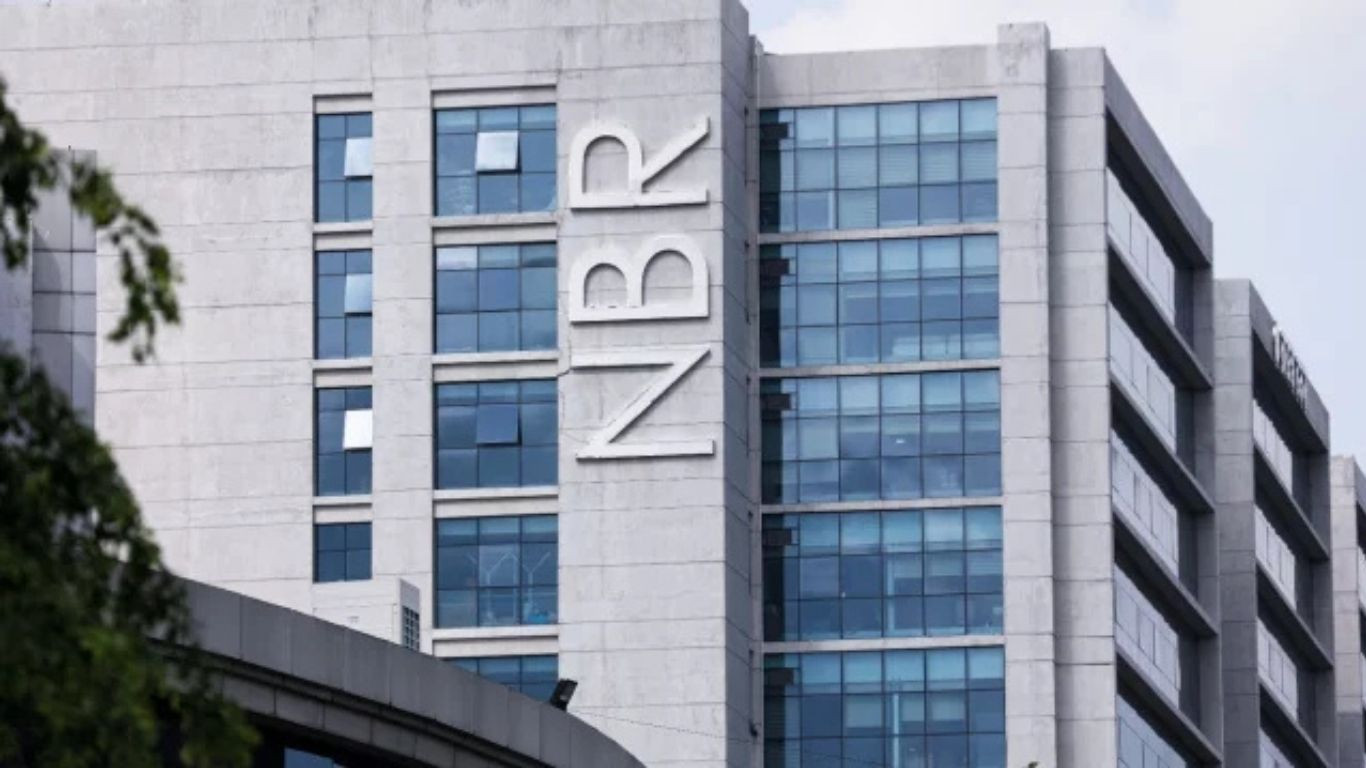ARIA Awards 2025 blends big wins with awkward moments

Amyl and the Sniffers dominate a lively, messy ceremony
The 2025 ARIA Awards delivered a night of big performances, pointed speeches and a fair share of awkward television, as Australia’s music industry gathered at Sydney’s Hordern Pavilion. Rolling Stone Australia reports that punk outfit Amyl and the Sniffers emerged as the night’s big winners, taking home Album of the Year for “Cartoon Darkness” alongside trophies for Best Group, Best Rock Album and Best Cover Art. Electronic producer Ninajirachi also had a breakout evening, claiming prizes for Best Solo Artist, the Michael Gudinski Breakthrough Artist award and Best Independent Release. The ceremony offered a snapshot of a scene where guitar-driven rock and cutting-edge electronic music sit comfortably side by side.
Frontwoman Amy Taylor seized the moment with the kind of brash acceptance speech that has made her a cult figure. In the band’s final trip to the podium, she jokingly declared herself “the new prime minister of Australia” before calling for “immigrants welcome” and “land back,” earning loud cheers from the crowd. The remark underscored how awards shows have become a platform for artists to weave social and political messages into their celebrations. For many viewers, it was one of the night’s most memorable flashes of personality.

Yet not everything landed smoothly. A mid-show medley pairing Young Franco, Kobie Dee, Baker Boy and Teen Jesus and the Jean Teasers struggled to find a coherent flow, with abrupt transitions and clashing styles drawing criticism from reviewers. The hosts, Tim Blackwell and Concetta Caristo, also appeared nervous at times, battling a boisterous audience and the familiar distractions of live television. Forced banter, misplaced drinks and interview segments that went nowhere added to a sense that the show’s pacing never quite settled.
Electronic music nevertheless enjoyed a rare stretch in the spotlight. Beyond Ninajirachi’s wins, DJ and producer Dom Dolla took the inaugural Global Impact Award and used his moments on stage to champion Australia’s electronic scene as a world-class export. For younger fans and artists, those speeches signaled that dance and electronic acts are no longer confined to side categories. Instead, they are taking their place alongside rock and pop as core pillars of the ARIAs.
Celebration, nostalgia and a few stumbles
The Hall of Fame induction for veteran rock band You Am I provided the emotional anchor of the night. Video tributes from peers, including a message from Silverchair frontman Daniel Johns crediting the band as a key influence, set the tone. On stage, singer Tim Rogers struggled to hold back tears as he reflected on the band’s long road and the weight of the honor, creating one of the ceremony’s most affecting sequences.

Many observers, however, questioned why the group was given time for only two songs, especially after lengthy banter and filler segments earlier in the show. For fans who see You Am I as a cornerstone of Australian rock, the brief performance felt like a missed opportunity to turn the induction into a broader musical celebration. The tension between tight broadcast schedules and meaningful stage time is hardly new, but it was particularly visible this year.
Audience behavior also drew criticism. As the night wore on and the drinks flowed, the crowd grew louder, occasionally talking over speeches and intros. Performers such as Baker Boy found themselves competing with background chatter, and hosts struggled to regain control of the room. Commentators argued that the atmosphere reflected the ARIAs’ longstanding identity as a party as much as a prize-giving, with all the upsides and downsides that implies.
Still, for all the stumbles, the This 2025 event showed that the Australian music scene is still lively, diverse, and self-assured. With a new generation of electronic artists, politically tinged statements, and tributes to veteran bands, it all came together to form a festival that was messy at times but undeniably sincere. Bringing artists and fans together at the end of the year, sparking both debate and delight, events like this are rarely ever completely smooth—and that’s part of what makes them so compelling.





















